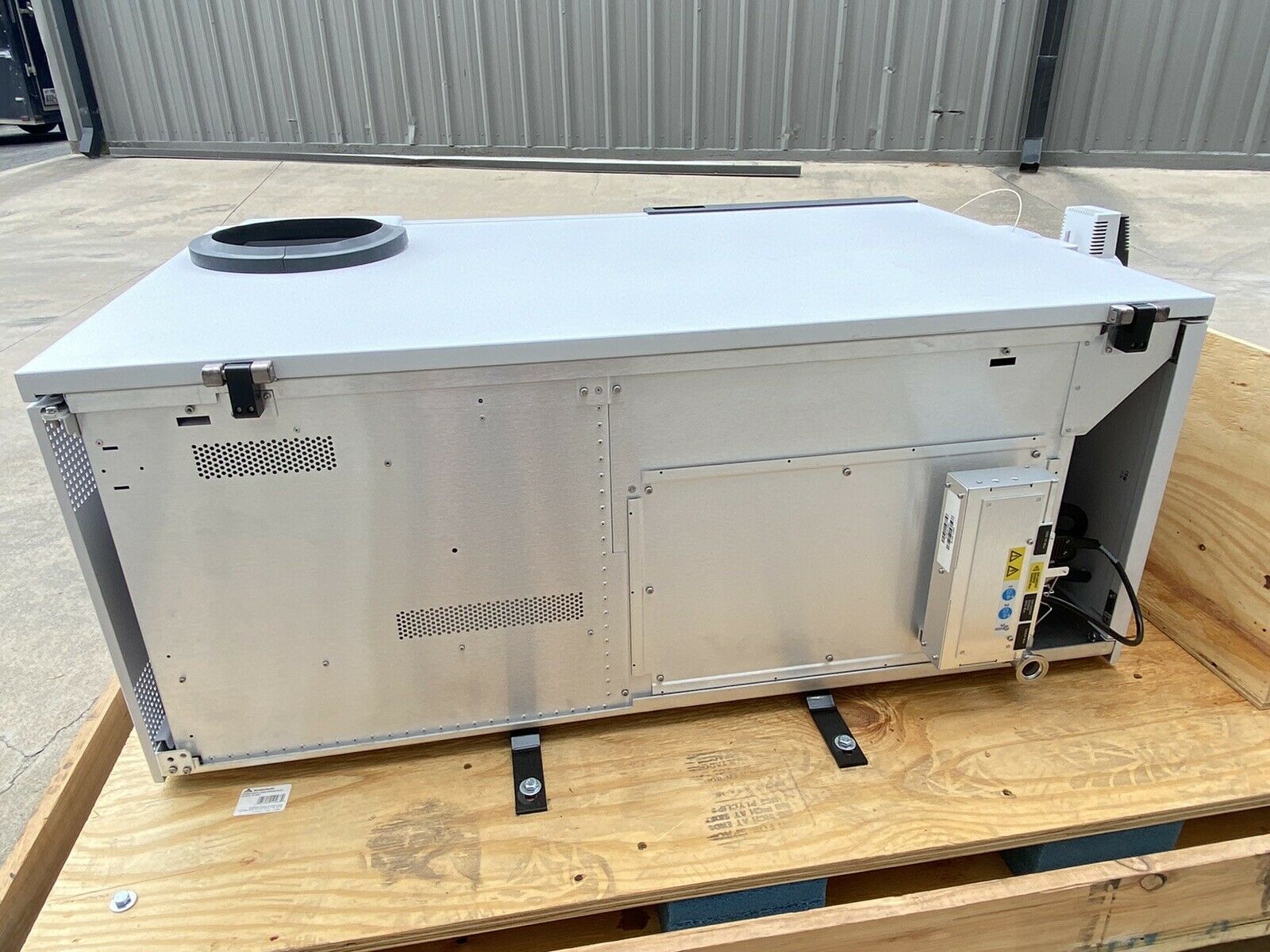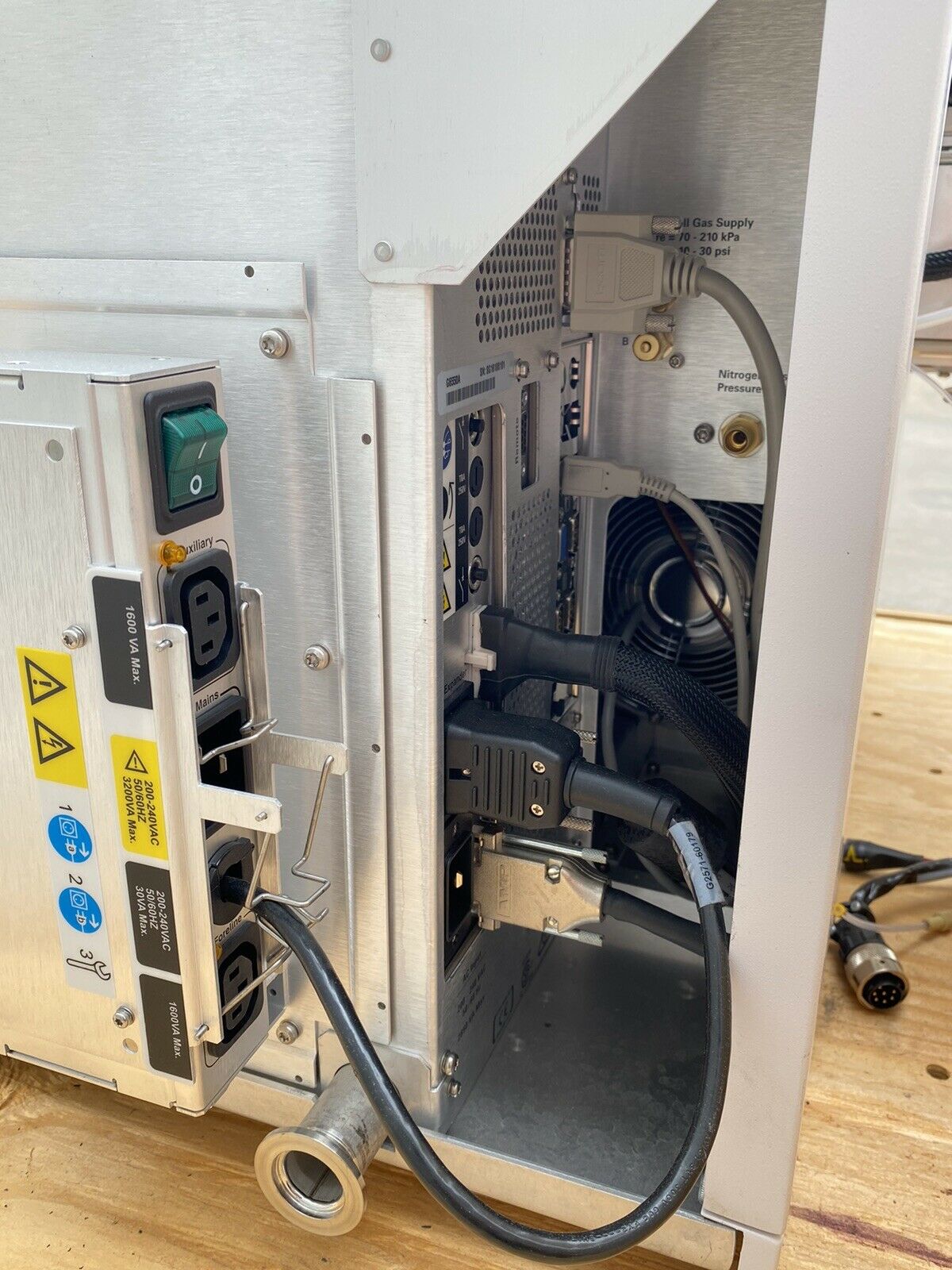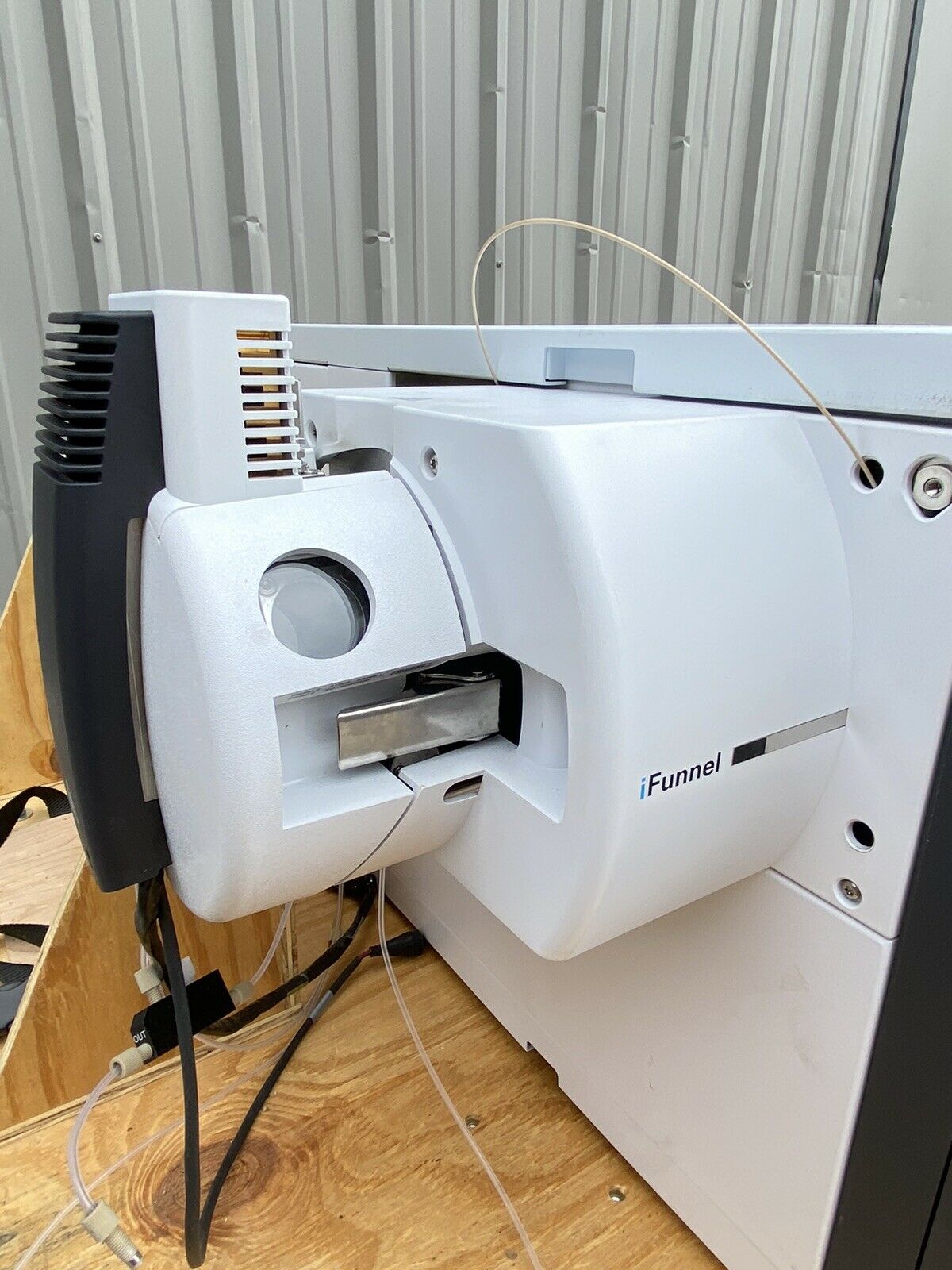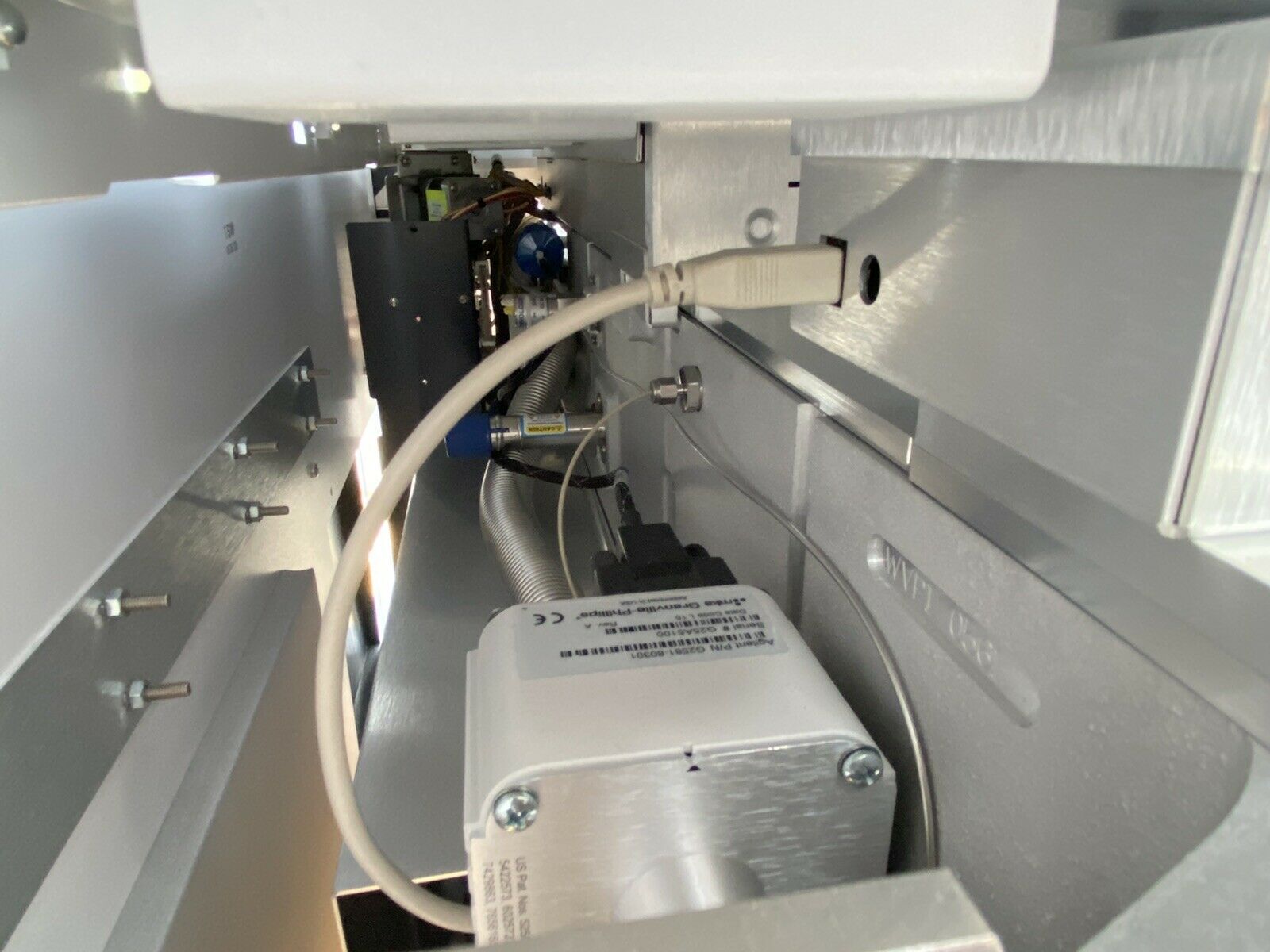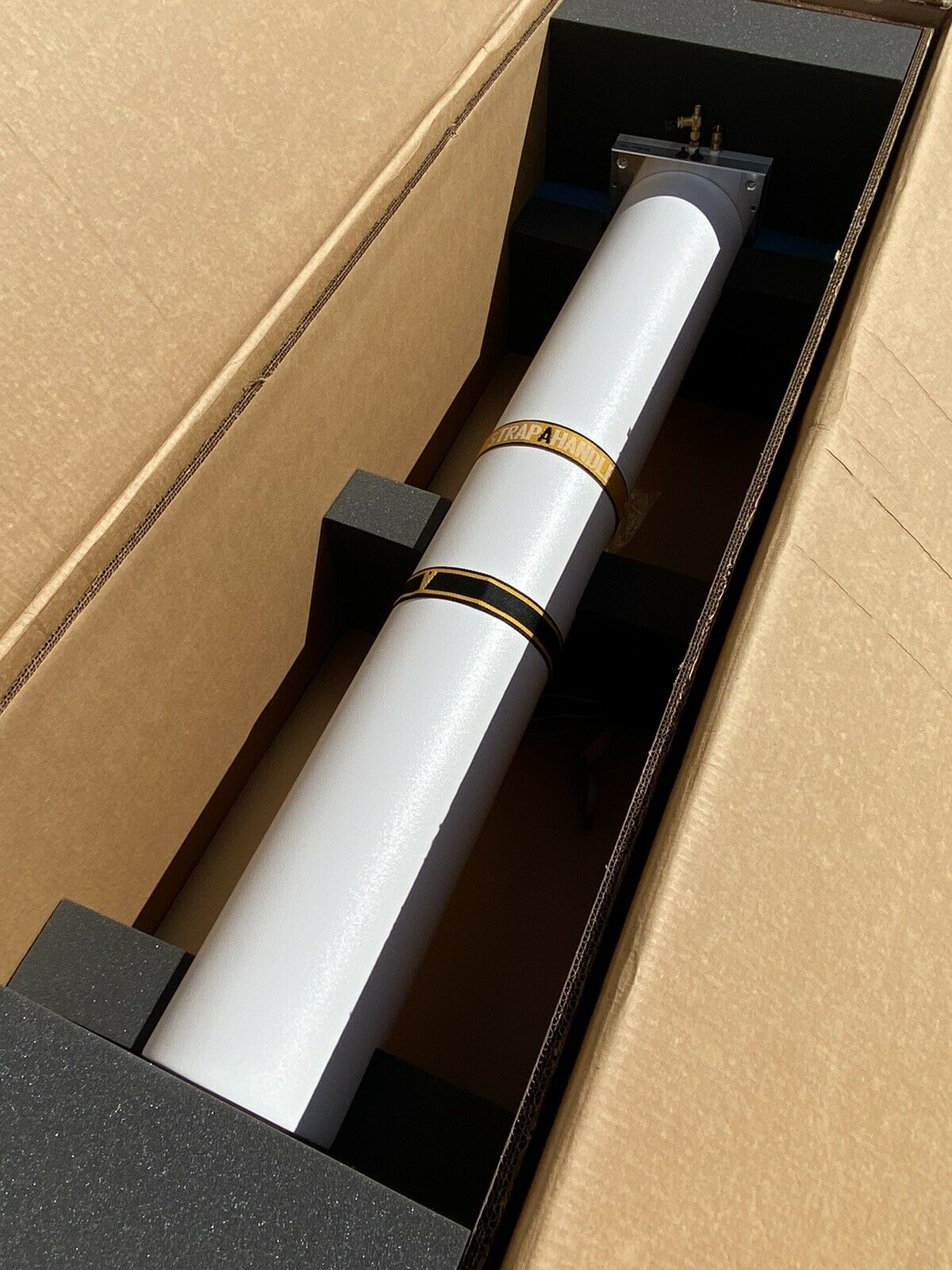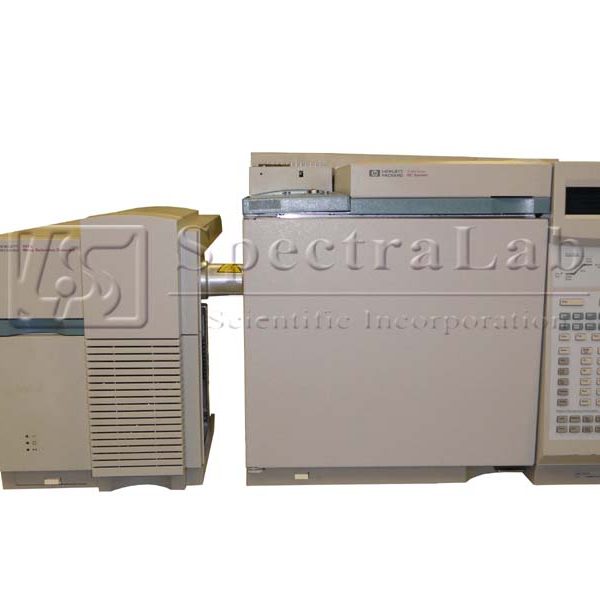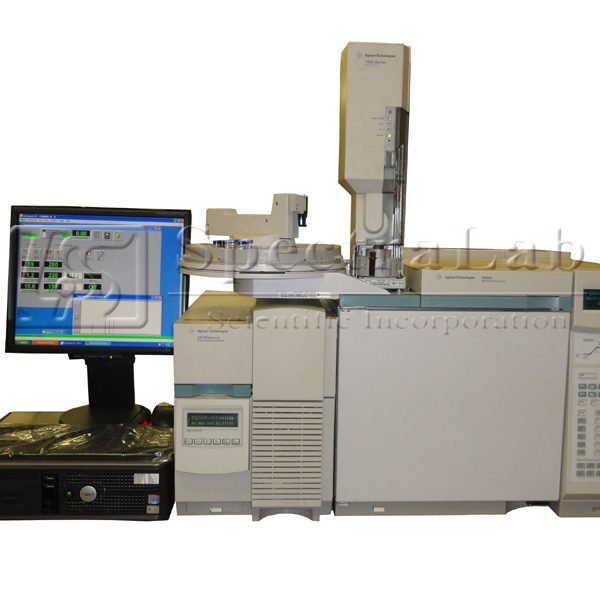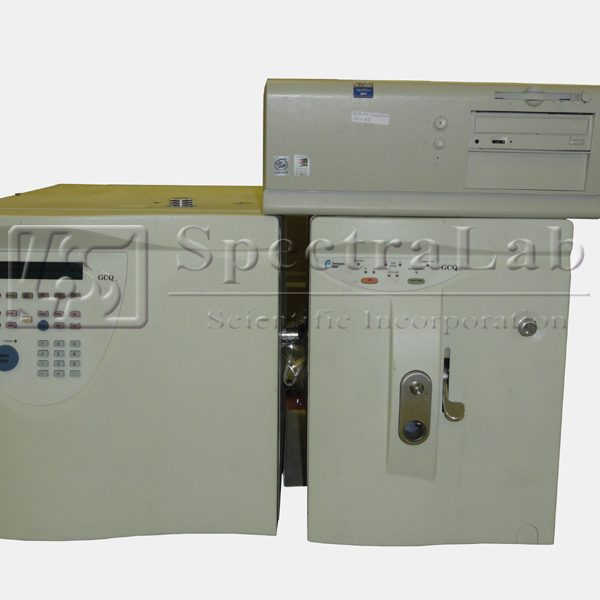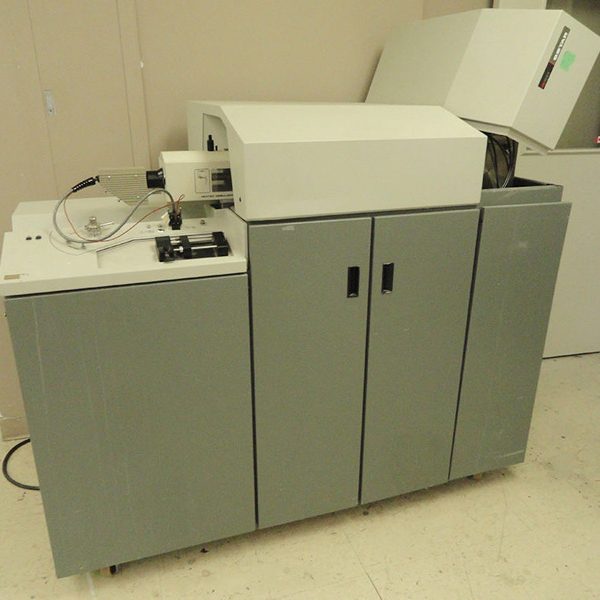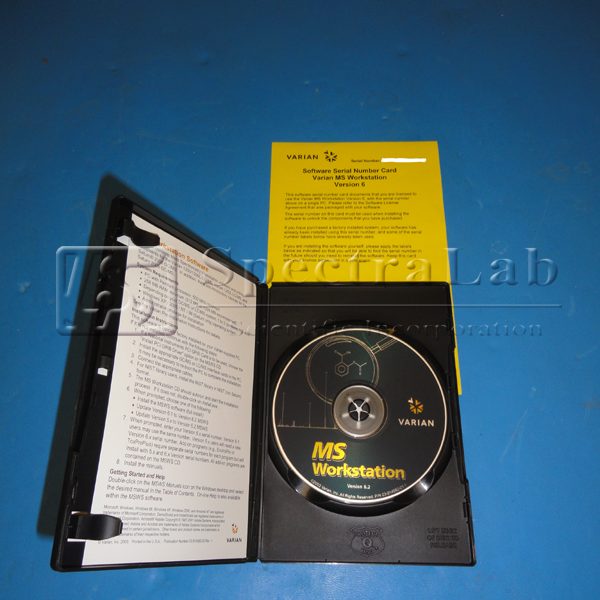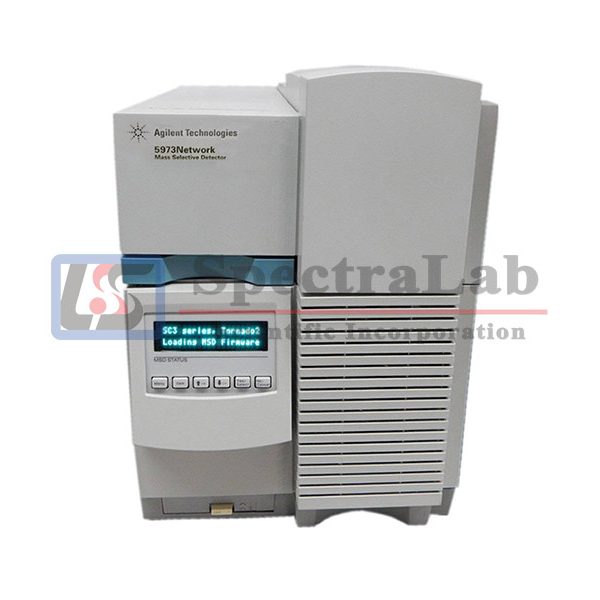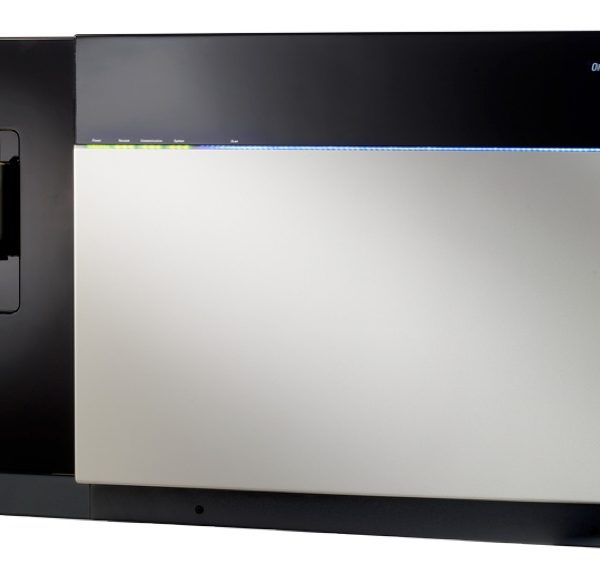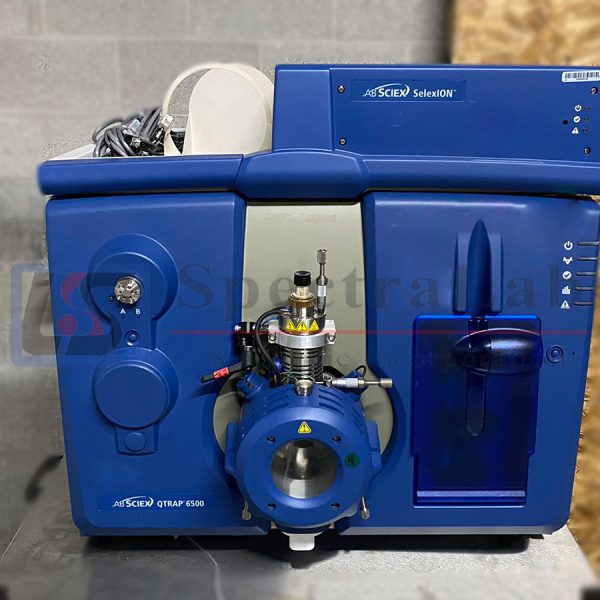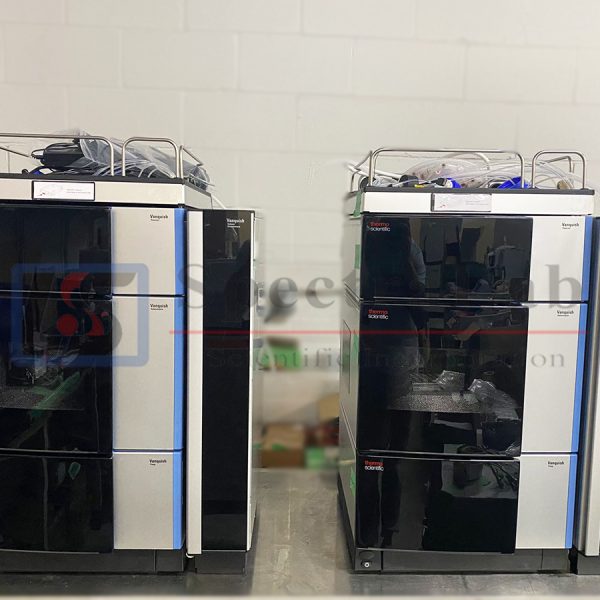When you need maximum sensitivity, the 6550 iFunnel Q-TOF LC/MS system offers unprecedented detection levels in a high-resolution system. Ideally suited for proteomics research, where MS/MS is used consistently, the system delivers high precursor abundances, allowing you to acquire fragment data faster and reduce the duty cycle substantially.
The high sensitivity of the 6550 iFunnel Q-TOF LC/MS allows for highly repetitive quantitative analyses, allowing you to see compounds at trace level. The innovative combination of hexabore capillary and ion funnel-based entrance optics allows maximum capture of your analytes, making this the most sensitive Q-TOF LC/MS for your proteomics research.
Features
- Achieve femtogram-level sensitivity with Agilent iFunnel technology, which increases ion transfer for the lowest detection levels of any high-resolution LC/MS instrument
- Benefit from a high abundance of precursors that allow a fast duty cycle of fragmentation spectra, for more effective proteomics research
- Avoid interferences and make high-resolution quantitation a reality with a powerful combination of accuracy and sensitivity
- Gain confidence in your analysis with sub-ppm mass accuracy and resolution of 45k
- See everything when screening or profiling with a wide in-spectrum dynamic range, complementing the system\’s excellent detection limits and superb reproducibility
- Agilent Infinity II UHPLC, 2D-LC, SFC, and GC-APCI chromatographic interfaces deliver exceptionally fast acquisition speeds
- Features powerful MassHunter software for profiling, characterizing, identifying, and quantifying compounds in complex mixtures via high-definition MS and MS/MS
- Use of the Agilent All Ions MS/MS technique facilitates untargeted screening and quantitation
Data Sheet
| Parameter | Measure | Specification |
| Mass range | m/z 100 – 10,000 extended mass range m/z 50 – 1,700 or 50-3,200 for both high resolution and extended dynamic range modes Quadrupole up to 4,000 m/z | |
| Mass resolving power | · Measured at m/z 322 after automatic tuning procedure
· Measured at m/z 2,722 after automatic tuning procedure |
|
| Sensitivity, MS mode, electrospray on-column, 400 µL/min fl ow rate | 1 pg LC/MS injection of reserpine signal-to-noise for the reserpine (M+H)+ at m/z 609.2807 while maintaining a resolution of 40,000 at m/z 2,722 in 4 GHZ mode | 1,000:1 RMS |
| Sensitivity, MS/MS mode, electrospray on-column, 400 µL/min fl ow rate | 1 pg LC/MS injection of reserpine signal-to-noise for most intense product ions (174, 195,397,448 m/z) while maintaining a resolution of 40,000 at m/z 2,722 in 4 GHZ mode | 3,000:1 RMS 4,500:1 RMS for maximum sensitivity mode |
| Mass accuracy, MS mode, electrospray on-column, 400 µL/min | Measured at the (M+H)+ ion of reserpine (m/z 609.2807) using an internal mass reference | Better than 1 ppm RMS as measured from 10 repeat injections |
| Mass accuracy, MS/MS mode, electrospray on-column, 400 µL/min | Product ion 397 m/z for reserpine | Better than 2 ppm RMS on m/z 397 as measured from 10 repeat injections |
| Mass accuracy temperature stability, MS mode | Temperature: 15 to 35 °C (59 to 95 °F) at constant temperature | Maintain 1 ppm mass accuracy (variations < 3 °C from calibration temperature) |
| Dynamic range | Intra-scan dynamic range on co-eluting components | Up to 5 decades |
| Spectral acquisition rate, MS mode | m/z 50 to 1,700 in MS mode while maintaining a resolution of 40,000 at m/z 2,722 in 4 GHZ mode | 50 spectra/second |
| Spectral acquisition rate, MS/MS mode | m/z 50 to 1,700 in MS/MS mode while maintaining a resolution of 40,000 at m/z 2,722 in 4 GHZ mode | 50 MS/MS spectra/second |
| Positive to negative switching | Complete cycle switching from positive to negative and positive modes – allows for stabilization time | 1.5 seconds |





